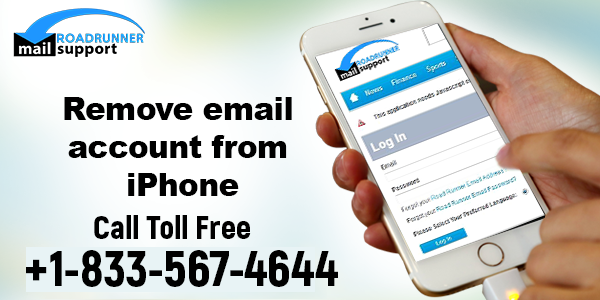We may have a vast knowledge of how to knwo about email safety and security as mail server administrators, but what about end-users? You take every precaution to protect your network from spam and malware, but if you don’t instruct your consumers and one of them hits on a link in a phishing message, your network might be hacked. Email security isn’t only the responsibility of the email provider or administrator. It is the obligation of everyone. To assist reduce spam and viruses to a bare minimum, here is a list of safety advice that every mail server administrator should provide to their customers.
Tips for Email Safety in 2022
- Frequently change your password.
- Make sure to use a strong password.
- Make each of your accounts have its own password. You become significantly more exposed to data theft if you use the same password for your bank account as you do for your email account.
- Whether you’re not sure who it’s from or if you’re expecting it, don’t open it.
- Before downloading Word or Excel files, be wary of email communications that encourage you to enable macros.
- On your local PC, install anti-virus software and make sure it’s up to date with the newest virus definitions.
- Do not open an attachment sent to you by someone you do not know. Delete it right away.
- Learn how to spot phishing attempts.
- Pretending to be a service provider and requesting that the victim “log in” to a false website through a link.
- Imposing a superior and requesting sensitive information.
- Posing as a security team member of the security team and requesting that the victim “change” one of their passwords.
- Sending a malicious file with hidden software in an email.
- Hover your cursor over a link before clicking it to make sure the URL is correct.
- Open a new browser and manually put in the address instead of clicking on links.
- Give your email address only to sites you trust.
- Never share your email address on a public website or on any kind of forum. Spammers scour these sites for email addresses on a regular basis.
- In spam emails, do not click the “Unsubscribe” link. It would merely alert the spammer to the fact that your address is valid, potentially resulting in you receiving additional spam.
- Recognize that a trustworthy company would never request personal information by email.
- Sending personal information in an email message is not a good idea.
- Don’t respond to spam messages. Be warned that if you reply to a spam email, your reply will almost certainly not travel back to the spammer who sent it since the FROM header in the spam message is very certainly falsified.
- Passwords should not be shared.
- Make a habit of logging out.
Common Email Security Threats
There is no shortage of email-based attacks, unfortunately. The following are some of the most prevalent email security threats:
- Social engineering emails: The goal of social engineering is to gain the target’s confidence in order to steal information. The most popular email-based social approach is phishing.
- Malware-infected emails: These emails attempt to infect your computer with malware. The virus is usually “armed” in an attachment or on a bogus website that the user is expected to visit. If the virus enters your system, the attacker has the ability to take control of your devices, steal data, and install spyware.
- Spam is a term that refers to a variety of unsolicited communications that may clog up an inbox with advertisements and trojan-infected mail. Because spam accounts for over 60% of all email traffic, you should be wary of this danger.
- Ransomware: A single employee reading the wrong email containing a ransomware application can allow an attacker to encrypt your data or machines.
- Botnet messages: An infected email can transform your company’s equipment into part of a botnet that is used to launch DDoS assaults against other people.
- A BEC is a sort of spear-phishing in which a hacker poses as a high-ranking executive of a firm.
Conclusion:
An attacker may be able to circumvent your company’s whole security system with only one bad email. Fortunately, following the email security best practices outlined above will help your organization become more resistant to email-based attacks, so start safeguarding your business today with a combination of proactive measures and appropriate staff education.
For those of you who use Roadrunner email, you can contact the Roadrunner email support team if you face any of the above mentioned issues with your Roadrunner email. They can also help you out with the setup of the Roadrunner email settings on your system.


